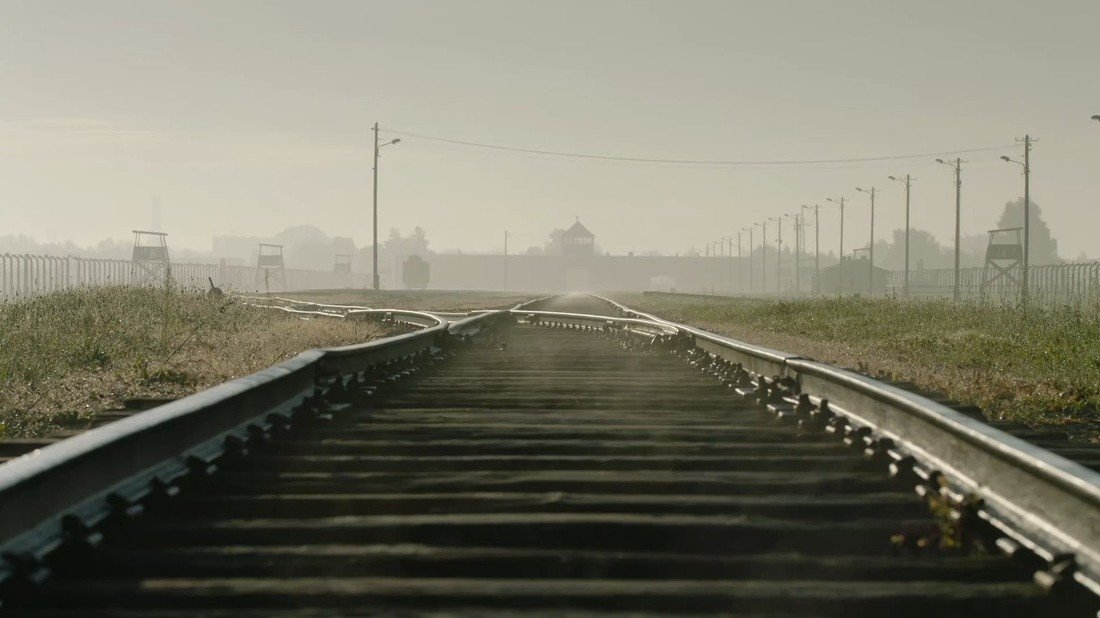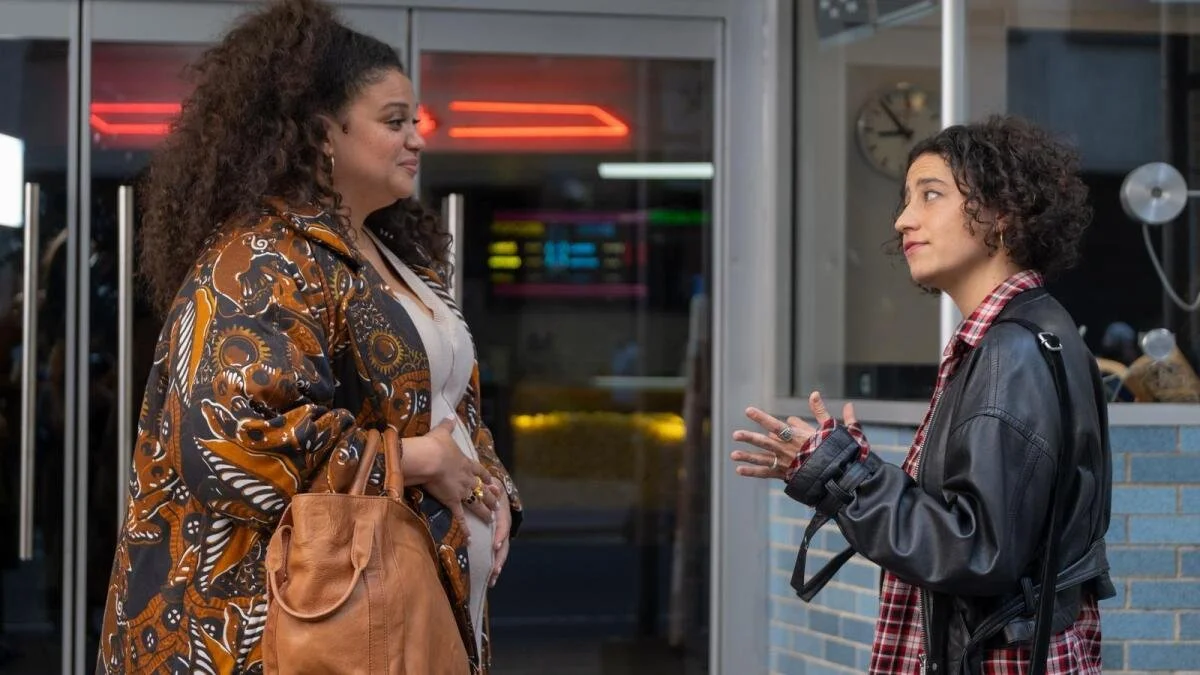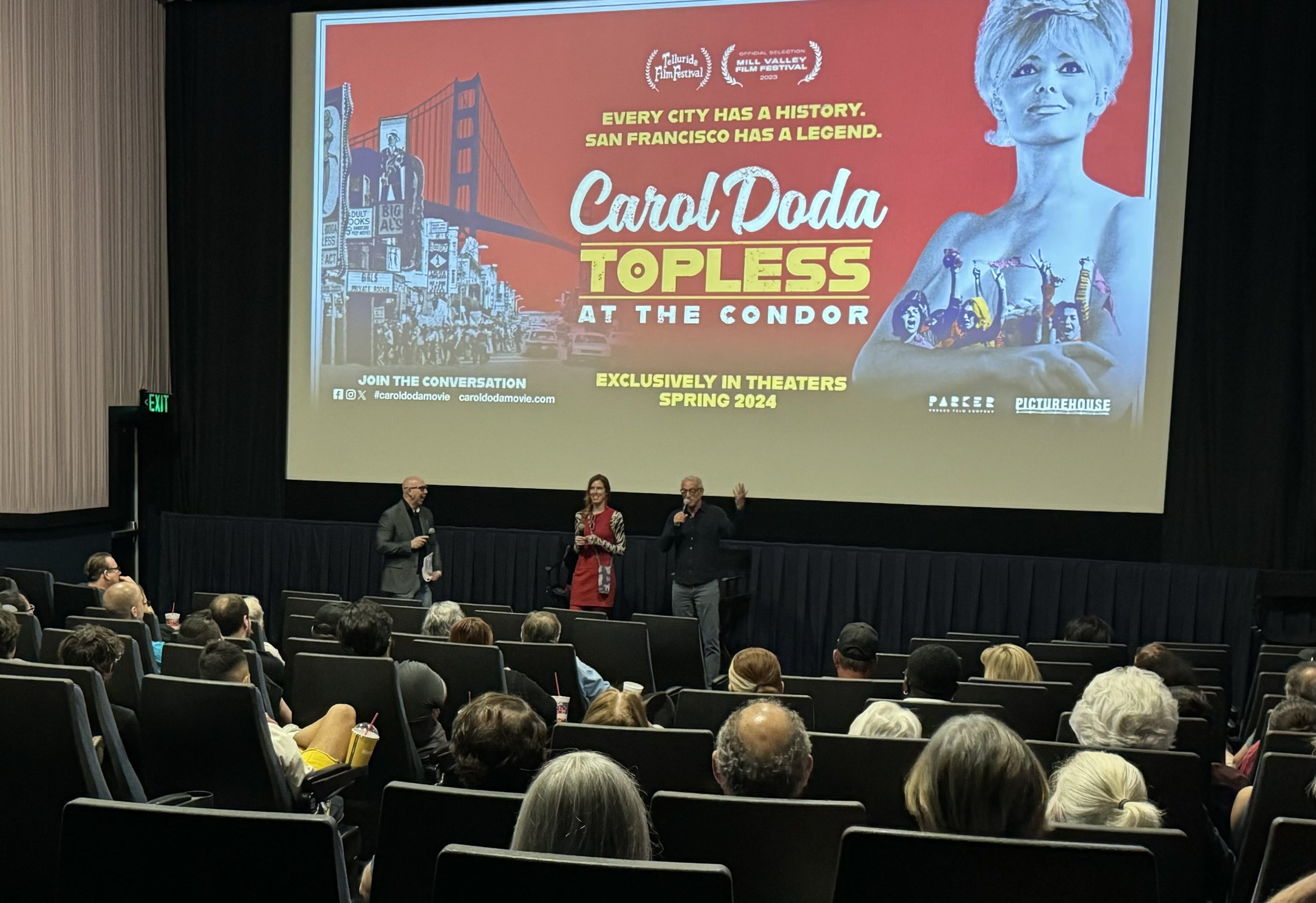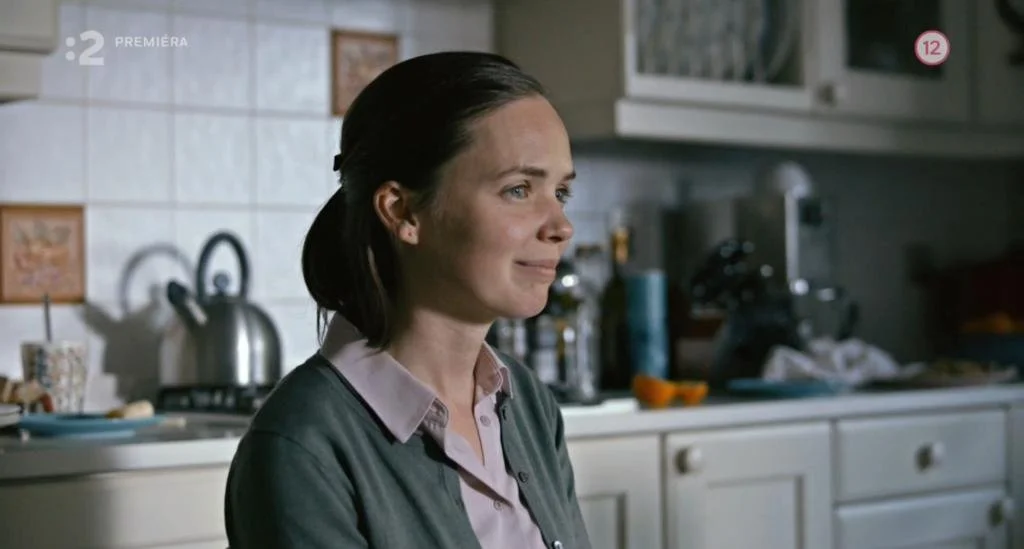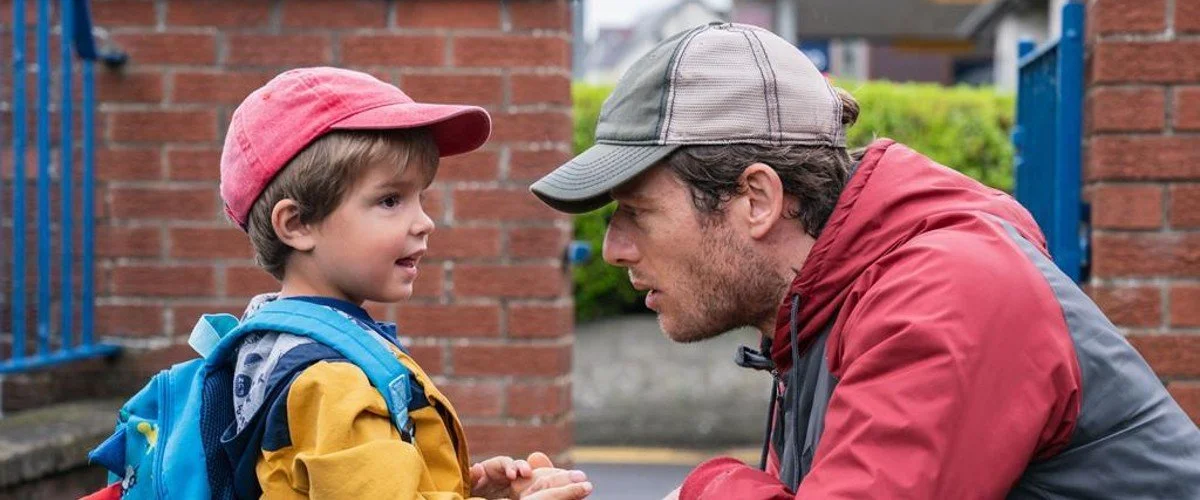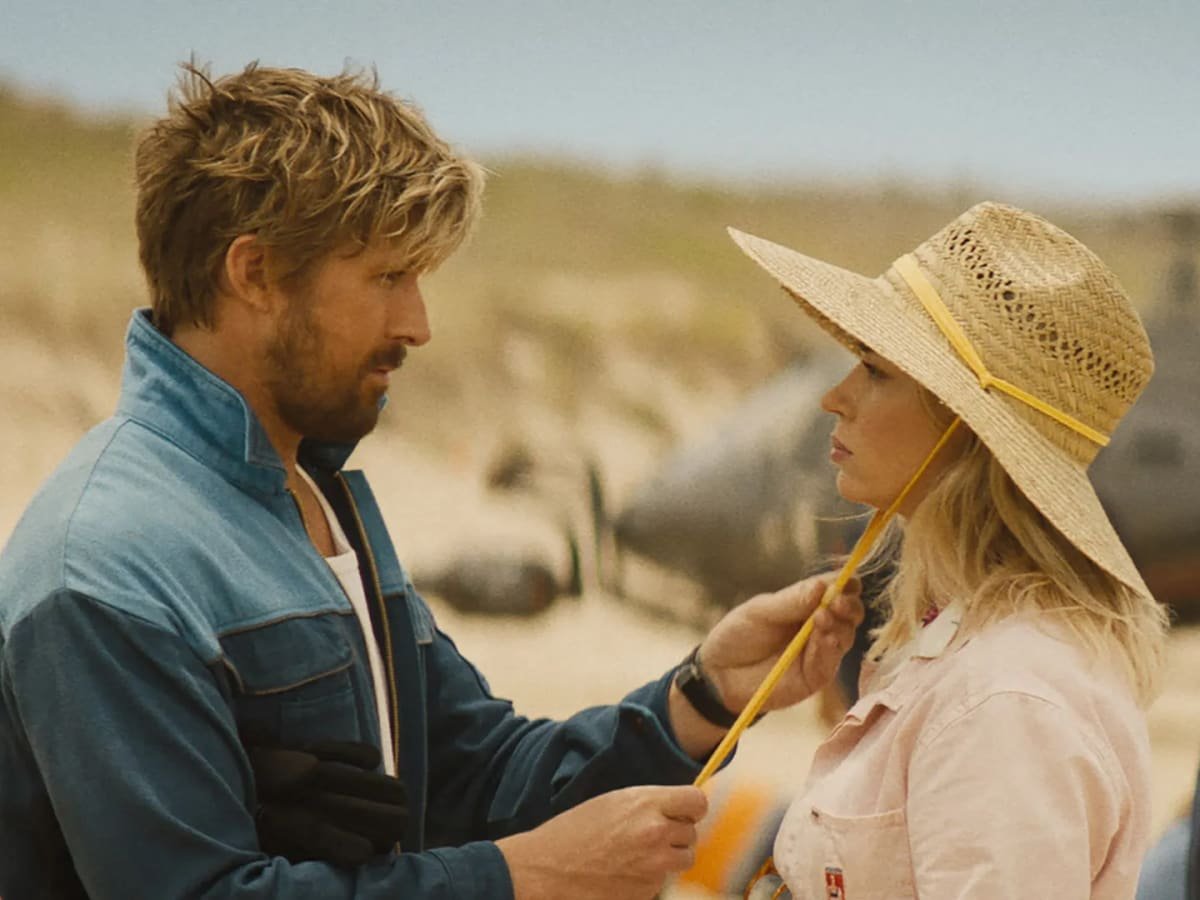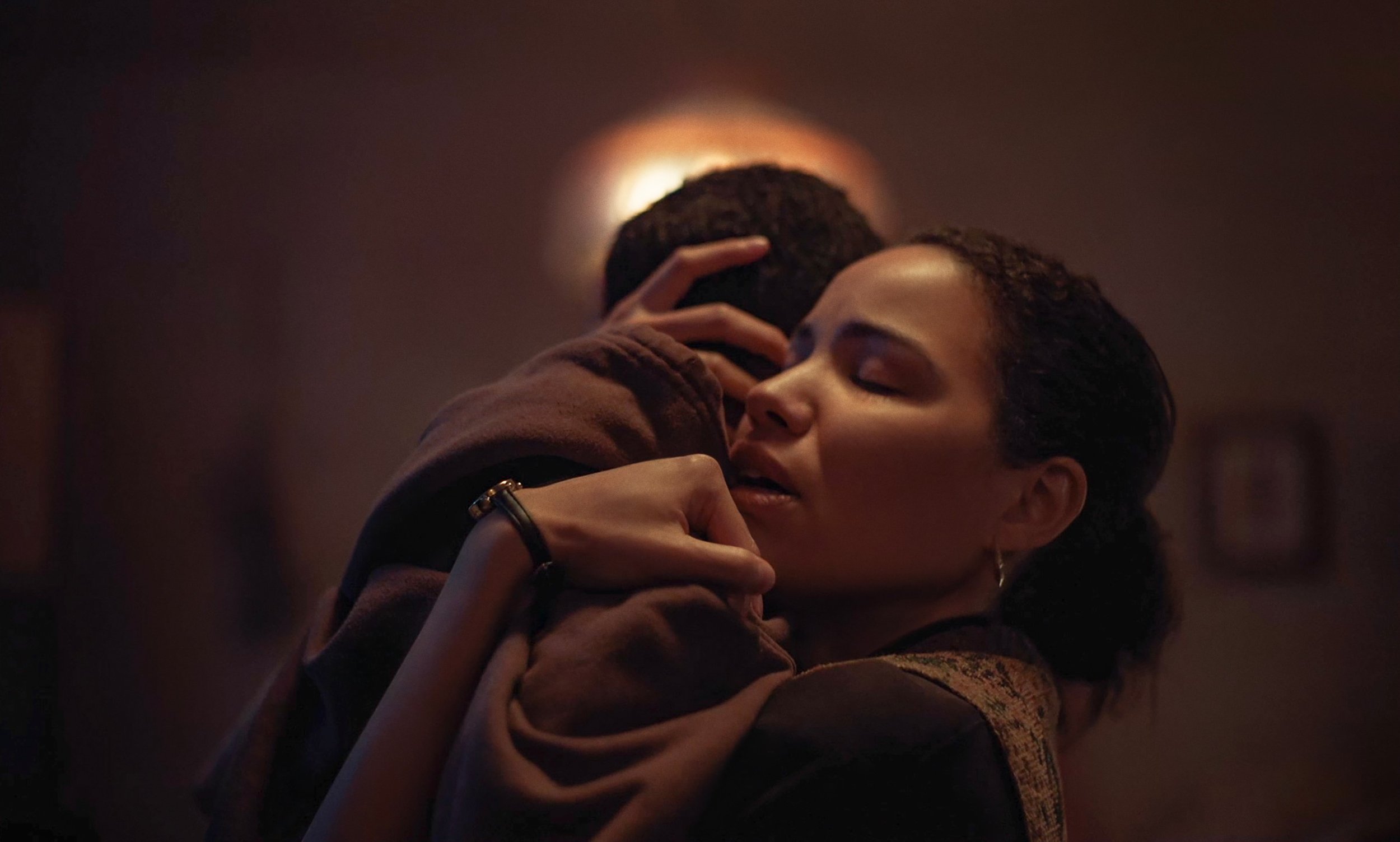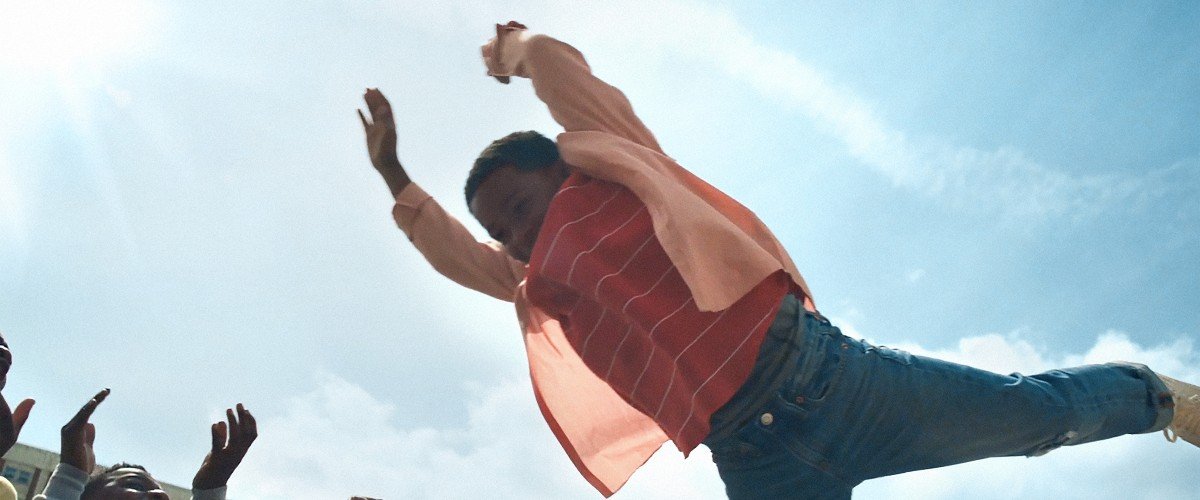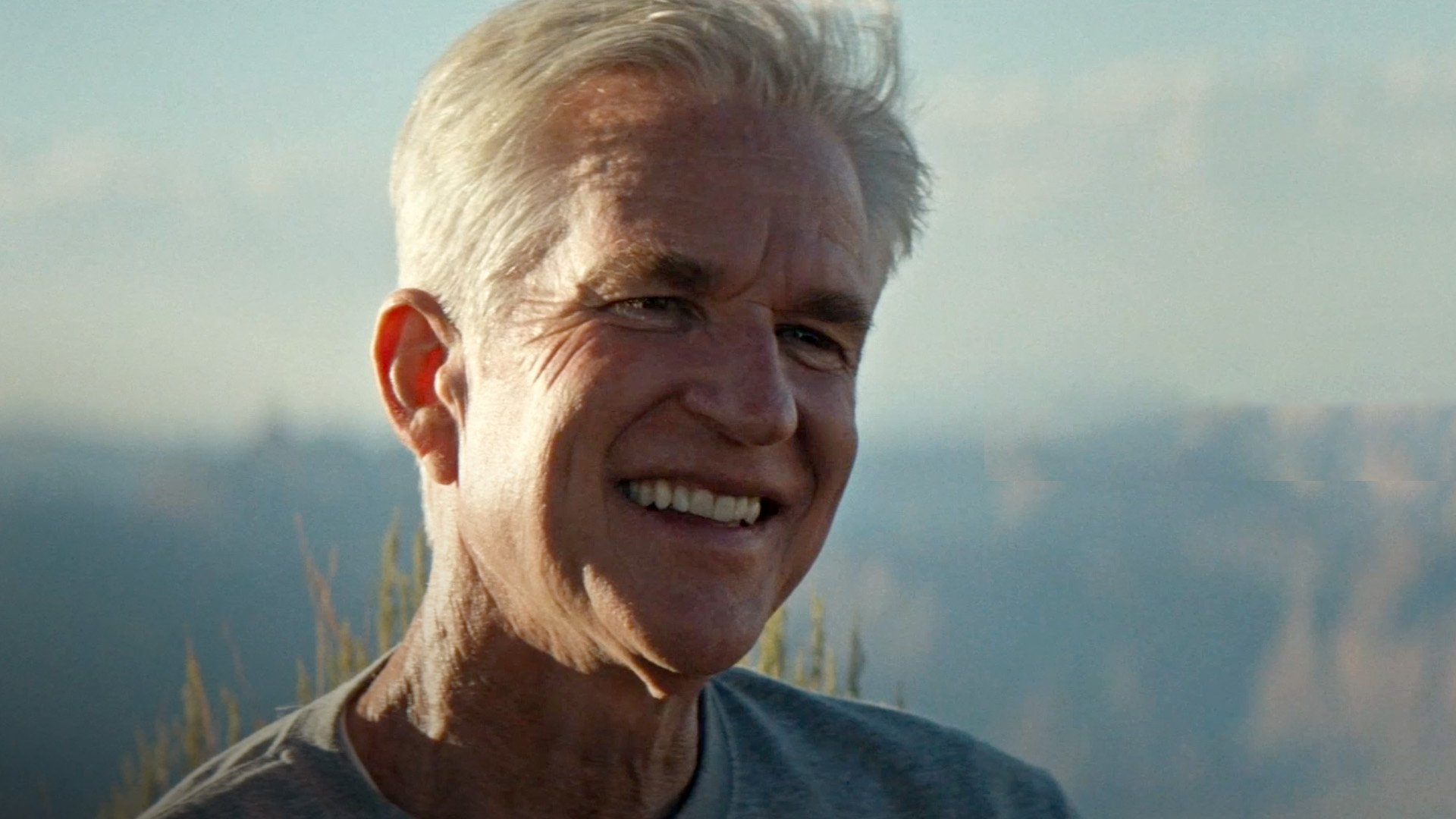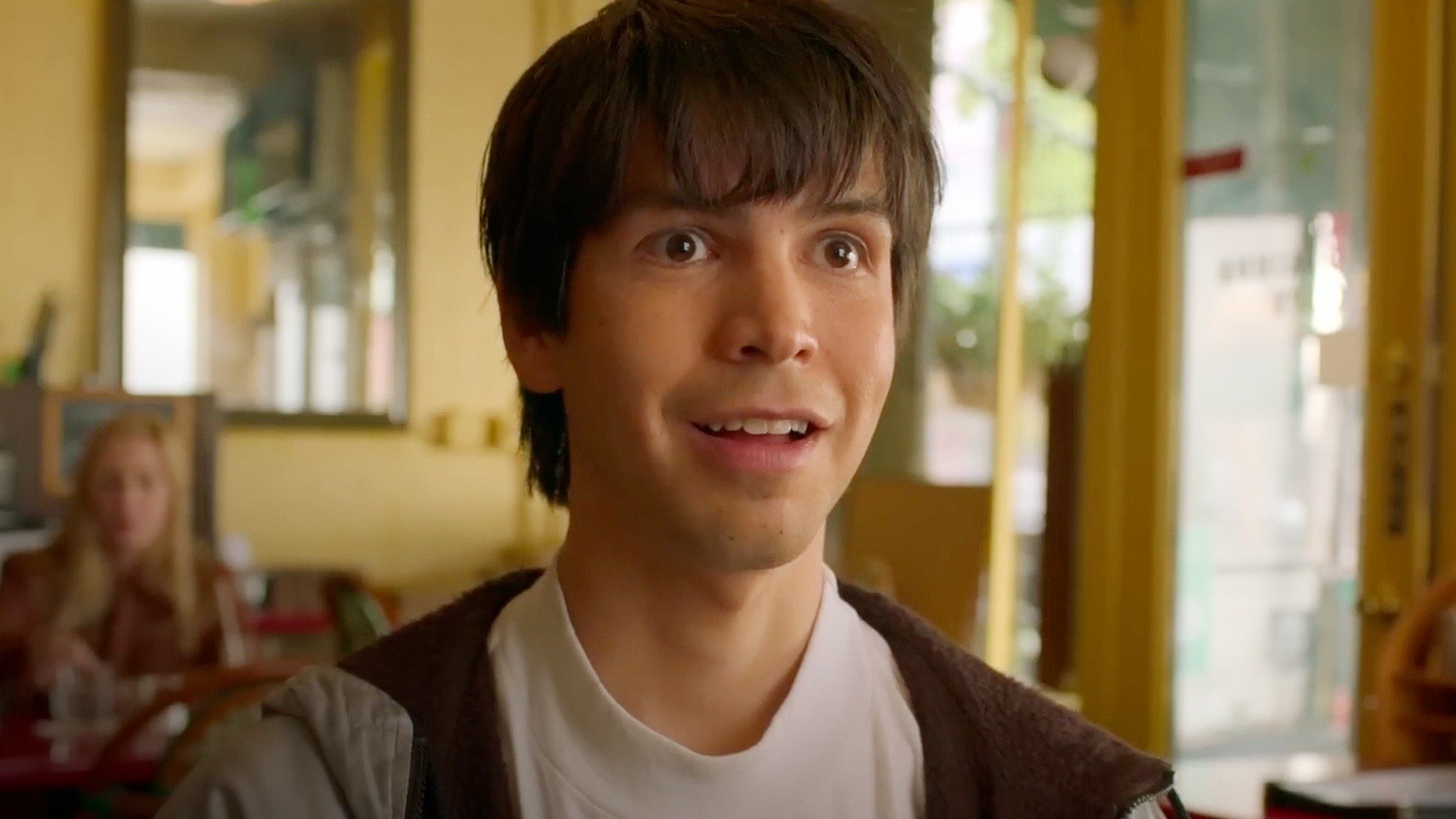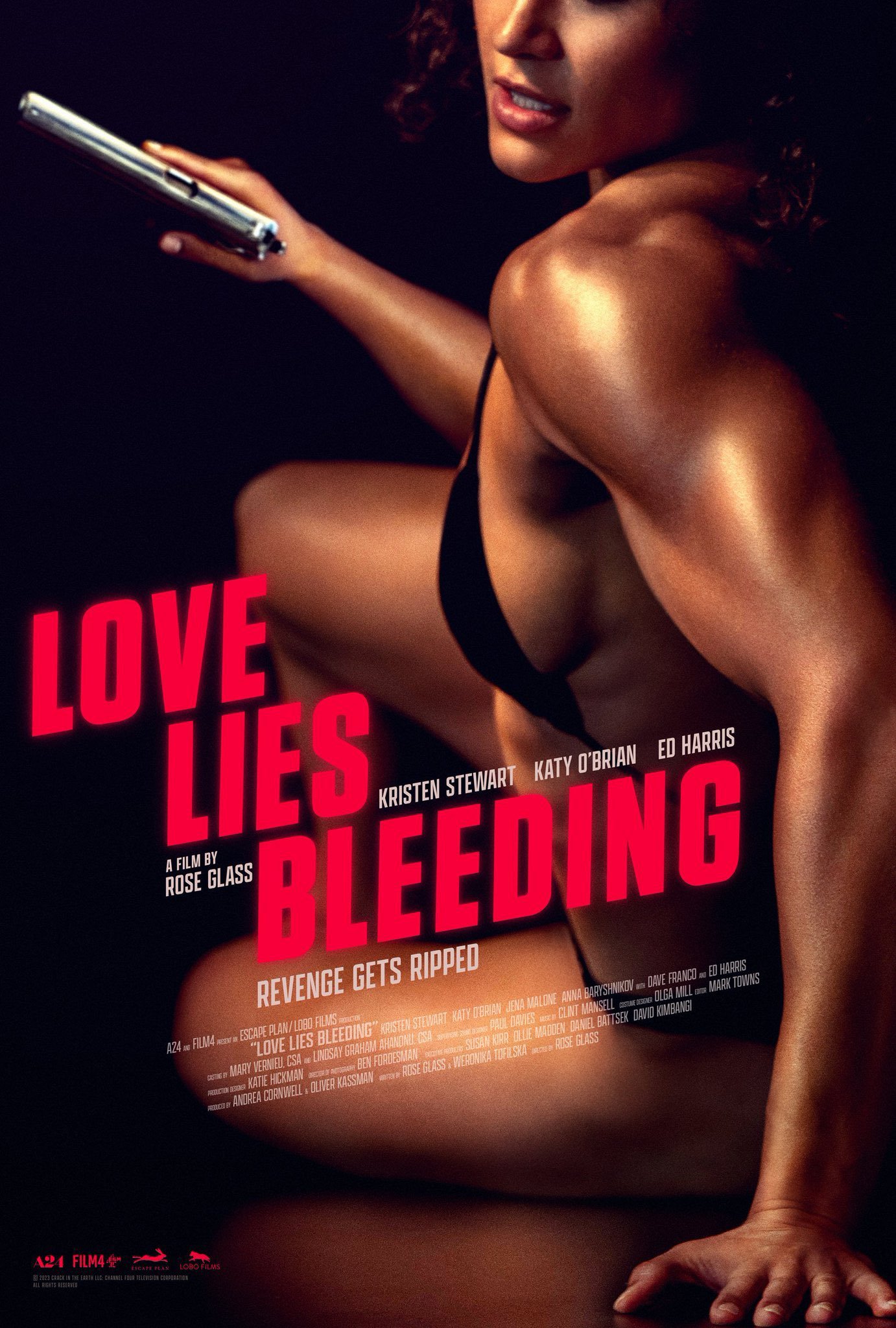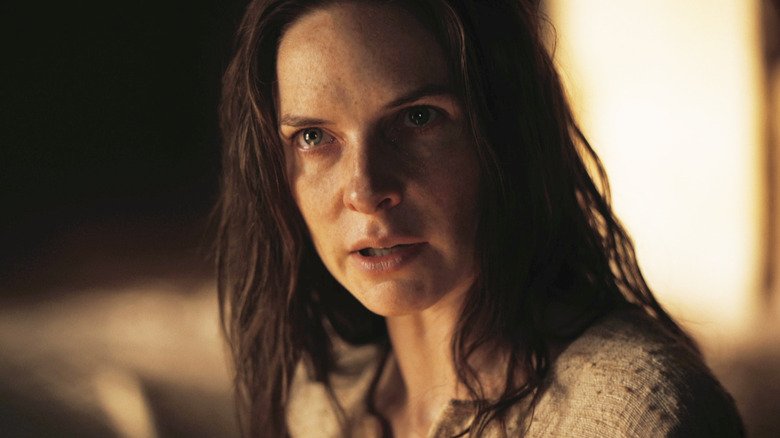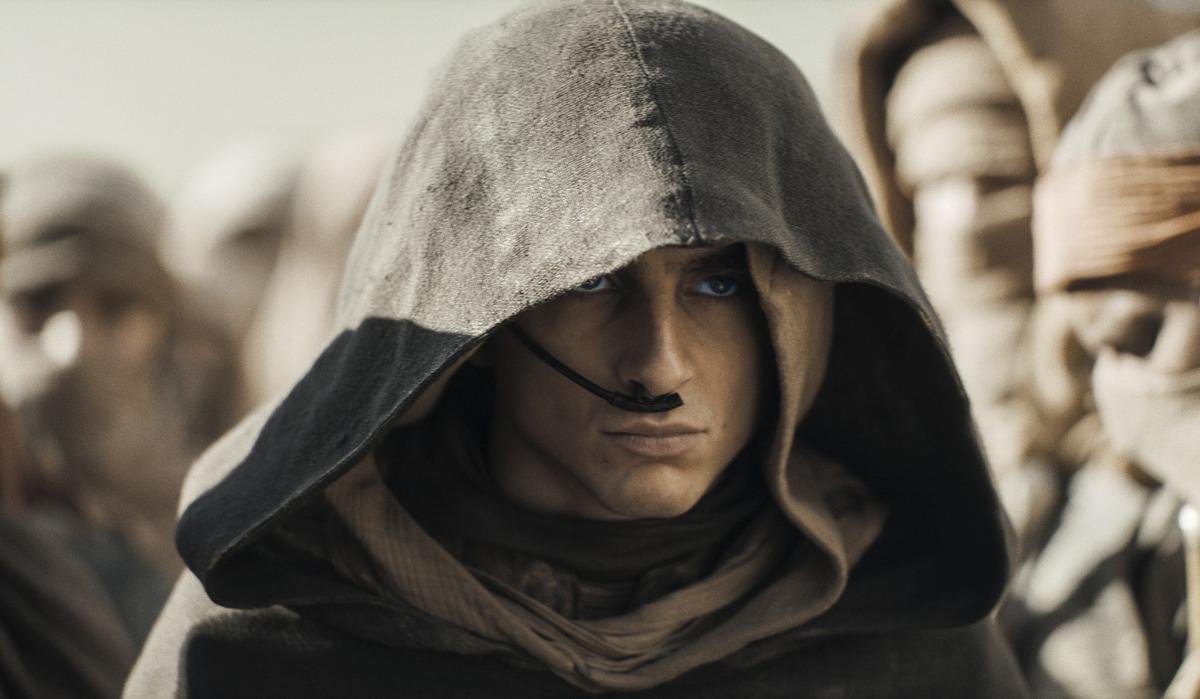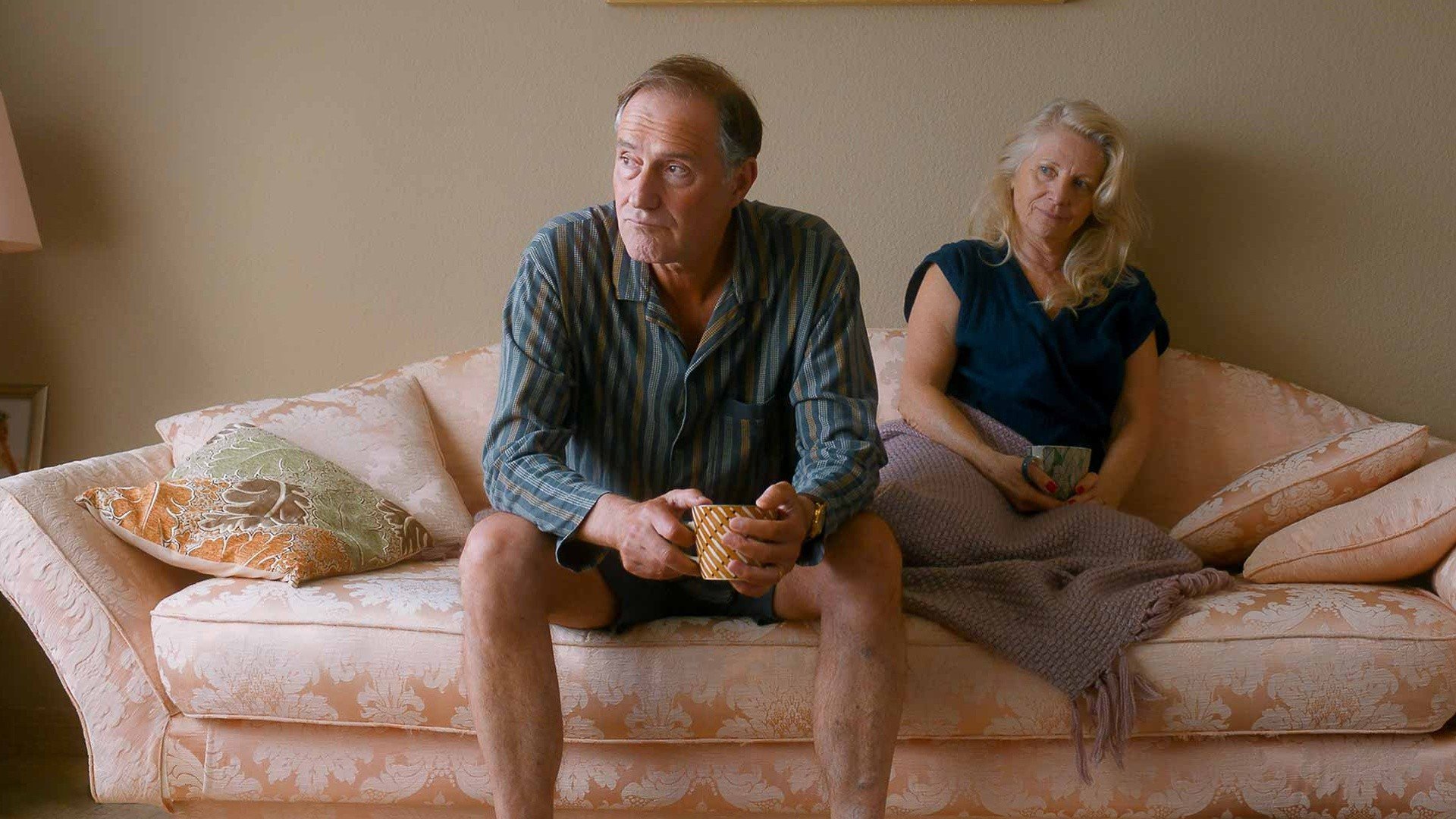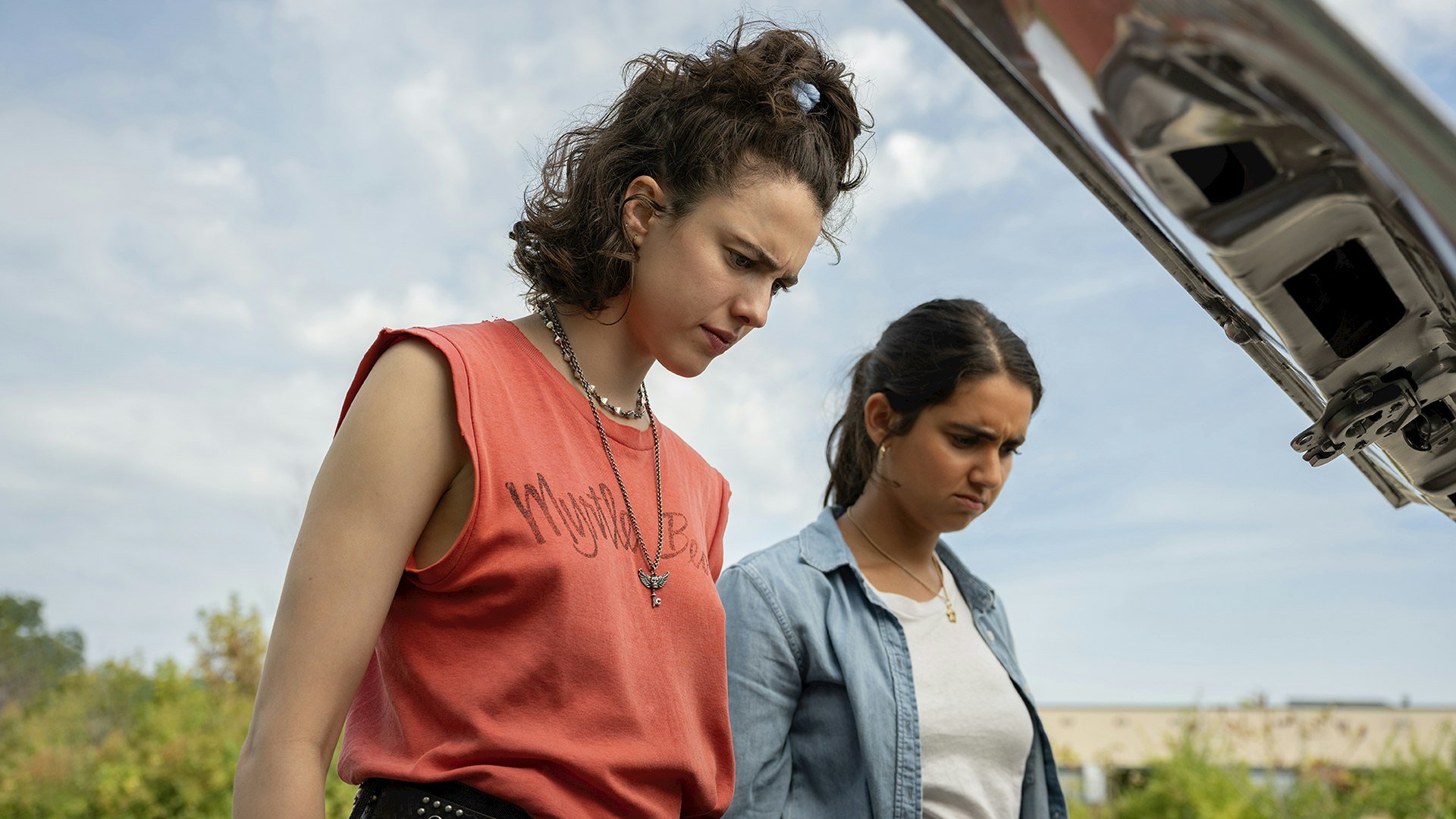Directed by: George Miller
Written by: George Miller and Nico Lathouris
Starring: Anya Taylor-Joy, Chris Hemsworth, Tom Burke, Lachy Hulme, and Alyla Browne
Runtime: 135 minutes
‘Furiosa: A Mad Max Saga’ enjoys smashup fury, but offering this Furiosa origin story – rather than racing a straight-up Furiosa adventure – is the wrong, winding road
“Conan the Barbarian” (1982) is an iconic action-adventure staple from the 1980s, a fantasy epic set in the fictional Hyborian Age, thousands of years before modern civilization. Director John Milius’ (“Red Dawn” (1984)) picture features the long-awaited, big-budget project for Arnold Schwarzenegger, a seven-time Mr. Olympia bodybuilding champion, even though he starred in other film and television efforts like “Hercules in New York” (1970) and “The Streets of San Francisco” (1972 – 1977).
It's a revenge tale that also showcases Conan’s origin. Conan, as a small boy, witnesses the big baddie, Thulsa Doom (James Earl Jones), execute his mother.
Thankfully, moviegoers didn’t have to wait very long to see Mr. Schwarzenegger arrive on the big screen. In the movie’s 15th minute, a 10-year-old Conan (Jorge Sanz) is chained to a massive wooden wheel and asked to push it in the dirt, along with about 15 other enslaved persons. By the film’s 17th minute, an adult-sized Conan is the lone one left pushing the wheel, and now our hero and bodybuilding actor can begin riding horses, gathering his posse, swinging a metal blade, and clashing with villains.
Thank you, John and the writers, including Oliver Stone (yes, that Oliver Stone), for not procrastinating Conan’s/Arnold’s entrance.
Director/co-writer George Miller didn’t get the memo because the film’s title star, Furiosa, played by the electric Anya Taylor-Joy, doesn’t appear on screen until the movie’s 57th minute. I painfully know this because I looked at my watch (admittedly, it’s a couple of minutes slow) the second Ms. Taylor-Joy appeared on-screen.
Until then, Furiosa is a (roughly) 10-year-old girl (Alyla Browne). Furiosa’s child version is fierce and enterprising, but more often than not, she regularly sits in a cage or is thrown on a motorcycle like a knapsack, and she’s mute nearly the entire time.
However, Miller does not deliver muted action, as “Furiosa: A Mad Max Saga” churns out some spectacular motorized Robrecht puzzles in the Australian desert in locales that resemble the Sahara or a Martian surface. However, the screenplay’s unyielding and unsound determination to grant a Furiosa origin story rather than simply deliver a Furiosa adventure proves its undoing, even with several moments of turbulent car-crashing eye candy.
“Furiosa: A Mad Max Saga” (2024) is a prequel to the best film in the “Mad Max” series, the wild, swashbuckling thrill ride, “Mad Max: Fury Road” (2015) (4 out of 4 stars). As the 2024 movie’s title suggests, it’s a Furiosa tale, and this 2-hour 15-minute (listed as 2 hours and 28 minutes, but there are 13 minutes of credits) origin story has Taylor-Joy playing the younger version of Charlize Theron’s imaging of the character in “Fury Road”.
Unfortunately, Miller and co-writer Nick Lathouris focus so much time forging Furiosa’s origin brick by brick (or in the Australian desert, rock by rock) to eventually get us to “Fury Road”, that this big-screen escapade becomes less about our lead and much more about a power struggle between familiar outlaw Immortan Joe (Lachy Hulme) and a flawed and inefficient scoundrel, Dementus (Chris Hemsworth).
From a storytelling perspective, Furiosa is caught as a (mostly) passive observer in a business dispute between Immortan Joe and Dementus. The latter scoundrel is a nomad searching for a home and power, a stake in a post-apocalyptic land, and Dementus and his band of motorcycle-riding desperados look to a triad of options: Gas Town, the Bullet Farm, and Immortan Joe’s Citadel.
Dementus – although blessed with an intimating barbarian-like physique and long, scraggly locks and a beard – is generally incompetent. Sure, he poses a danger, but he inflicts harm through frustration and rash eruptions rather than during successful conquests toward his hopeful goals.
He’s a clown who wants to be a three-ring lion tamer.
Still, he’s the cause of Furiosa’s anguish, and within this hopeless circus, she rightfully wants revenge.
Taylor-Joy possesses the physicality, intensity, and charisma to portray the strong, creative warrior. Furiosa is a sharpshooter, a sniper with deadly accuracy, and she can move, fight, and drive quite comfortably in this distressing, desolate, and dystopian district. Her skillsets were born from her mother and a collection of other Valkyries, and this wasteland warrior also learns from Praetorian Jack (nicely played by Tom Burke), a rare ally. When Taylor-Joy’s Furiosa is called upon for thunderous conflict, she delivers, but these moments are too few and far between, as Immortan Joe’s chess moves and Dementus’ “king me” checkers attempts are the main attraction.
Meanwhile, Furiosa attempts to dodge, duck, dip, dive, and dodge away from Joe and Dementus’ real estate debate, but she still has revenge on her mind, sitting in escrow.
The film looks big, bold, and brash in the same way as “Fury Road”, but rather than that film’s singular objective, “Furiosa” splits its time with Dementus’ frequent hiccups and Furiosa’s brooding digestion. Even though Miller connects Furiosa’s childhood and her grown-up rescue of Joe’s harem in “Fury Road”, the emotional connection is oddly absent, as this slow, antiseptic journey to get from “back then” to Furiosa’s “current day” feels procedural, despite moments of motorized thumps, crunches, and smashups.
Granted, when “Furiosa: A Mad Max Saga” begins streaming, it’ll be worth your time to fast-forward to the enormous action set pieces of demolitions and some comic relief from Joe’s two dunderhead sons. But remember, in headshaking fashion, Taylor-Joy shows up at the 57-minute (again, if my watch keeps accurate time), unless you feel watching a mute kid stare and cope with her uneventful predicament for the first hour is worth your time.
Maybe not. Well, praying to Crom may help. It worked for Conan, right?
Jeff’s ranking
2/4 stars









